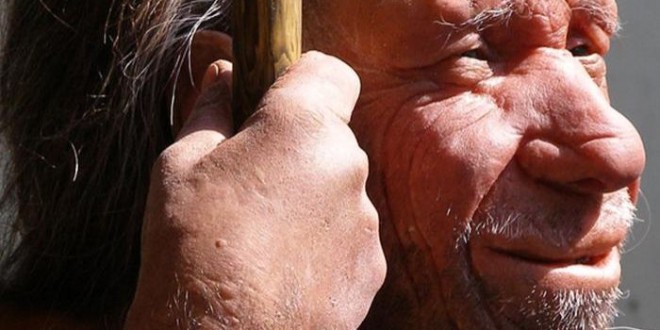Burrowing into the Y chromosomes of modern humans and a 50,000-year-old Neanderthal specimen has turned up a few surprises. Amy Middleton reports.
While our genome harbours a smattering of Neanderthal DNA, the Y chromosome – a human sex-determining chromosome – does not, new research shows.
In the first comparison of Y chromosomes, a study published in the American Journal of Human Genetics found Neanderthals and modern humans are completely different. This provides clues as to why the hominins may have evolved separately.
“Characterizing the Neanderthal Y chromosome helps us to better understand the population divergence that led to Neanderthals and modern humans,” says Fernando Mendez of Stanford University. “It also enables us to explore possible genetic interactions between archaic and modern [gene] variants within hybrid offspring.”
Mendez and his colleagues, including Carlos Bustamante, also at Stanford, and Sergi Castellano, from the Max Planck Institute for Evolutionary Anthropology in Germany, analyzed the Y chromosome from a Neanderthal male found in El Sidrón, Spain. Their analysis suggests that Neanderthals and modern humans diverged almost 590,000 years ago, consistent with earlier evidence.
The researchers say that the Neanderthal Y chromosome they sequenced is distinct from any Y chromosome observed in modern humans, suggesting that the lineage in question is to be extinct. They also found some intriguing protein-coding differences between genes on the Neanderthal and modern human Y chromosomes.
Three of those changes are missense mutations in genes known in humans to produce male-specific minor histocompatibility antigens. Antigens derived from one of these genes, known as KDM5D, are thought to elicit an immune response in some pregnant mothers against their male fetuses and lead to miscarriages.
The researchers speculate that incompatibilities at one or more of these genes might have played a role in driving ancient humans and Neanderthals apart by discouraging interbreeding between them.
“The functional nature of the mutations we found suggests to us that the Y chromosome may have played a role in barriers to gene flow,” Bustamante says.
“The finding that most of the functional differences associate with these genes, rather than with genes involved in [sperm production], came as a surprise,” Mendez adds.
The researchers say additional research is required to confirm the role of those Y-chromosome mutations in discouraging the formation of a hybrid Neanderthal and human species. They are planning those experiments now.
Agencies/Canadajournal
 Canada Journal – News of the World Articles and videos to bring you the biggest Canadian news stories from across the country every day
Canada Journal – News of the World Articles and videos to bring you the biggest Canadian news stories from across the country every day



